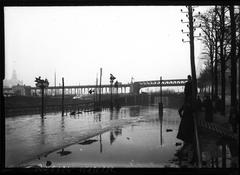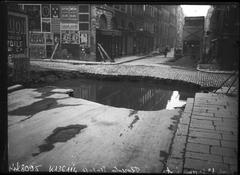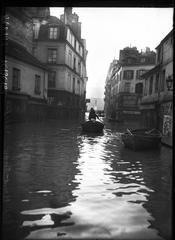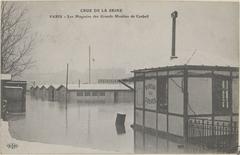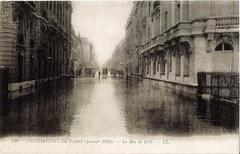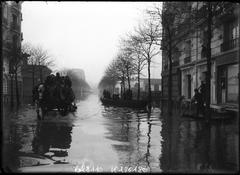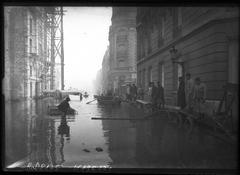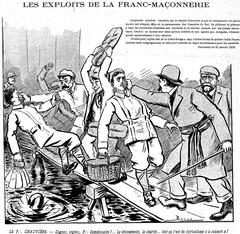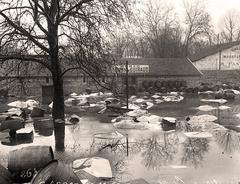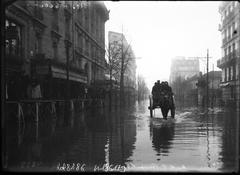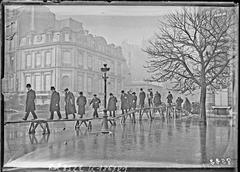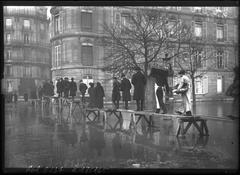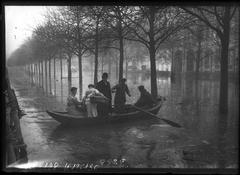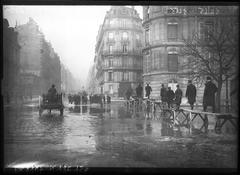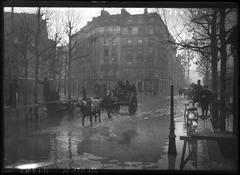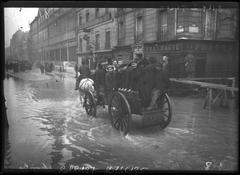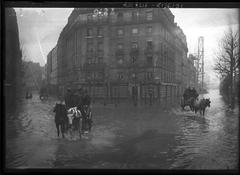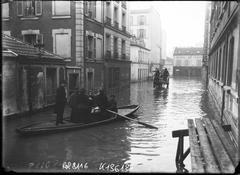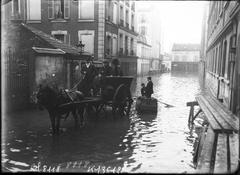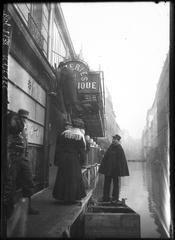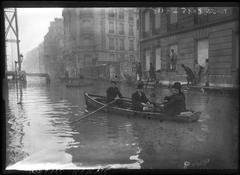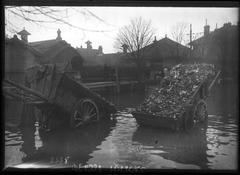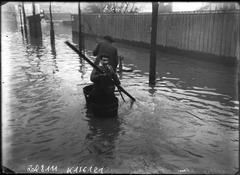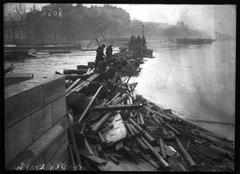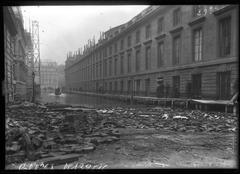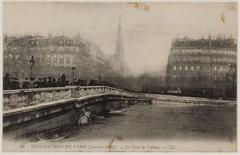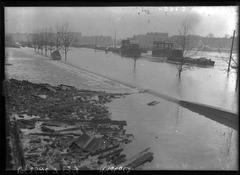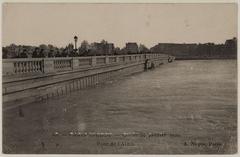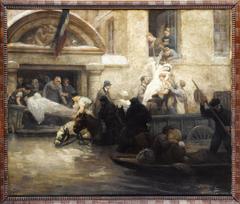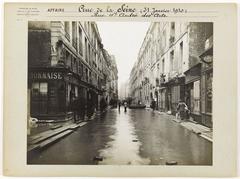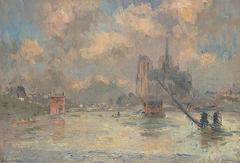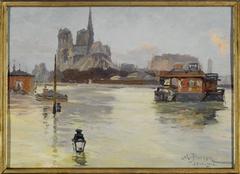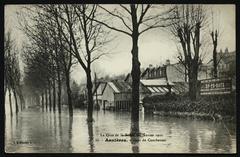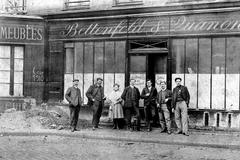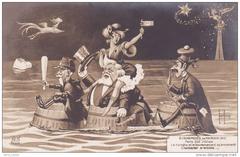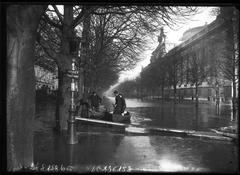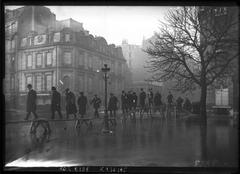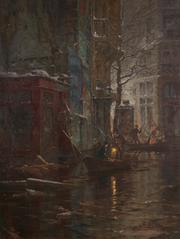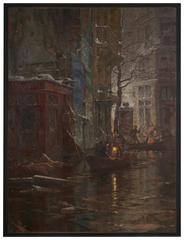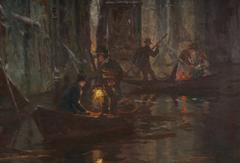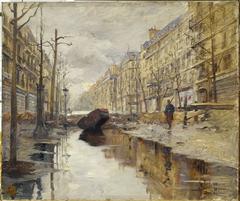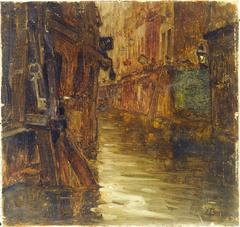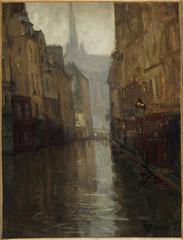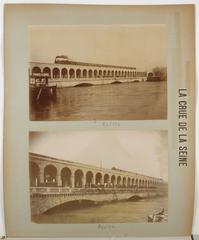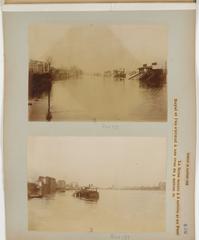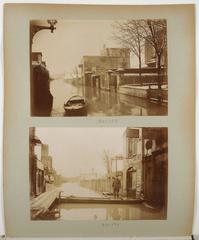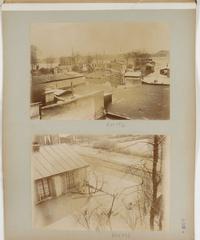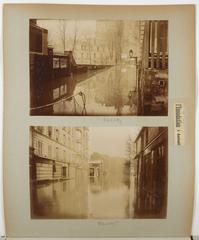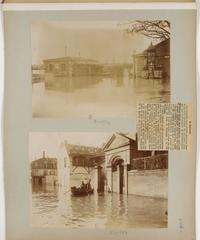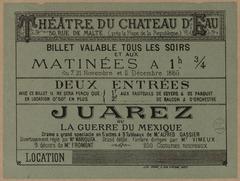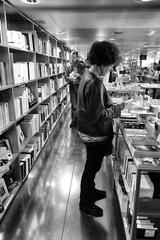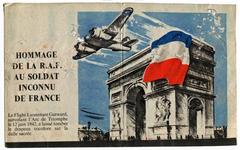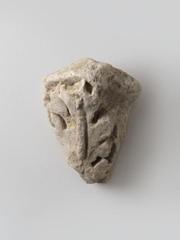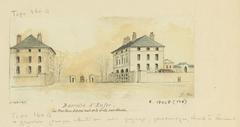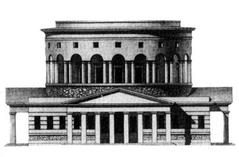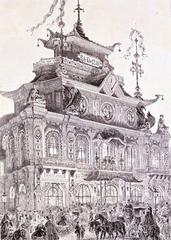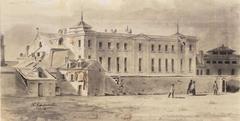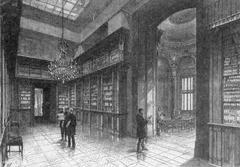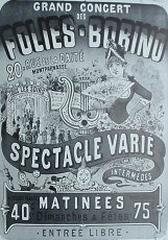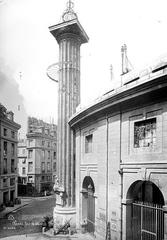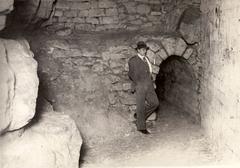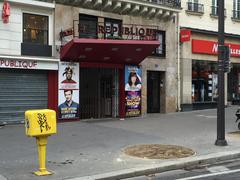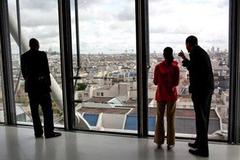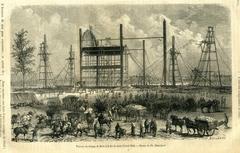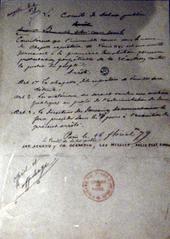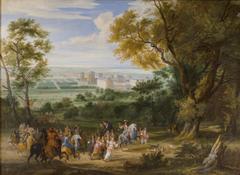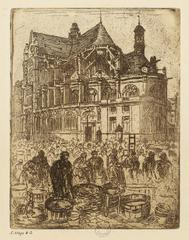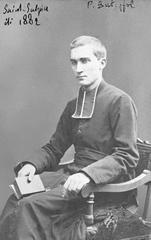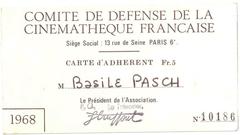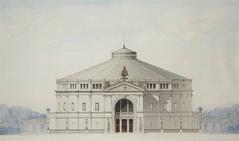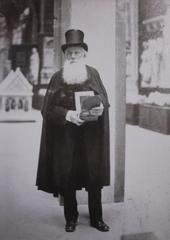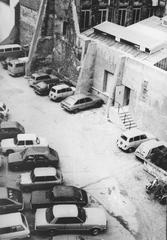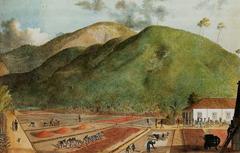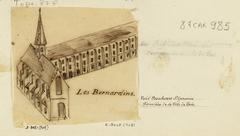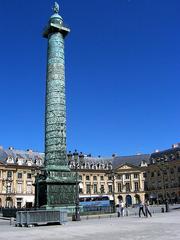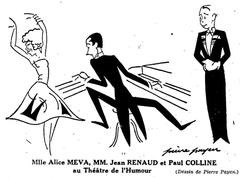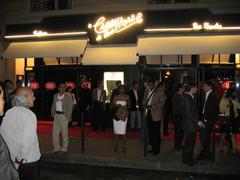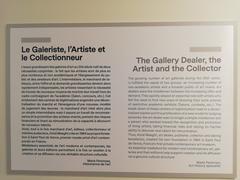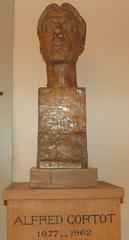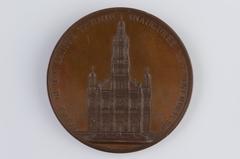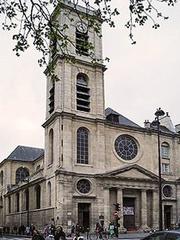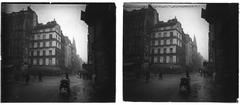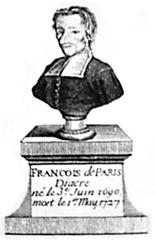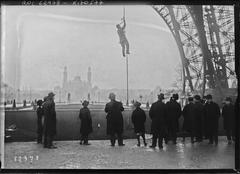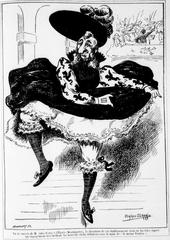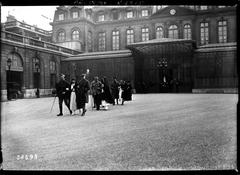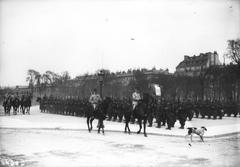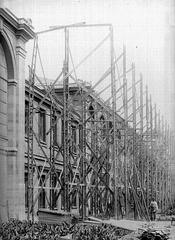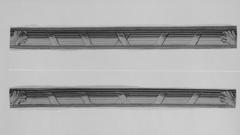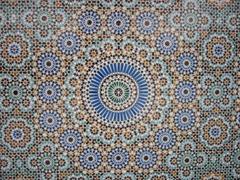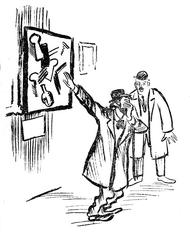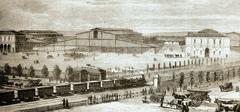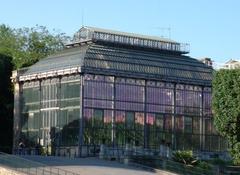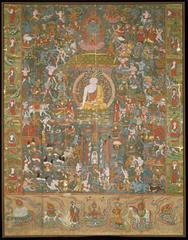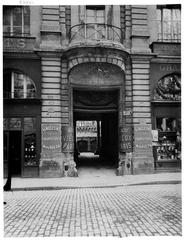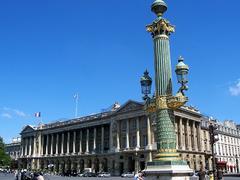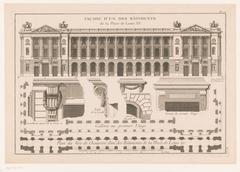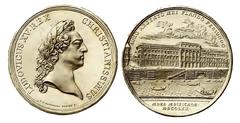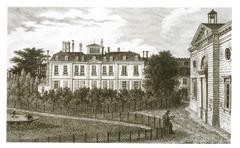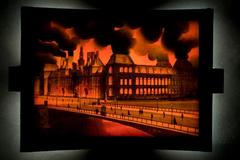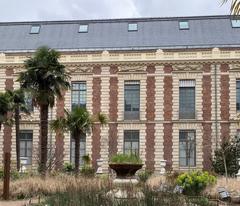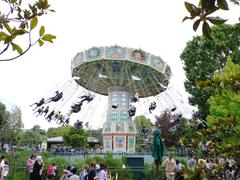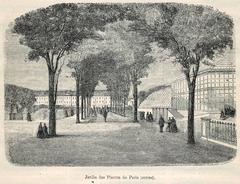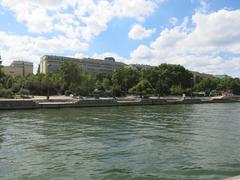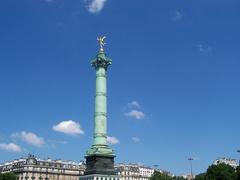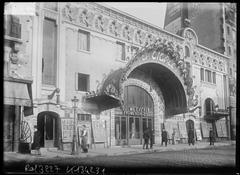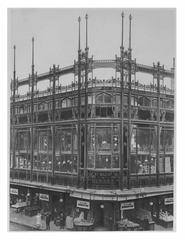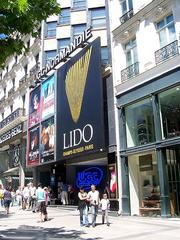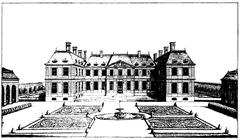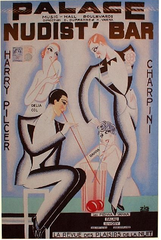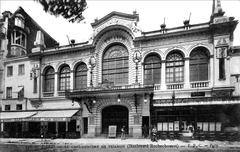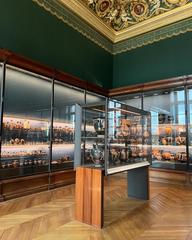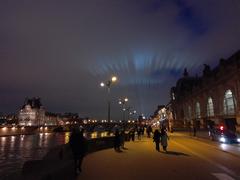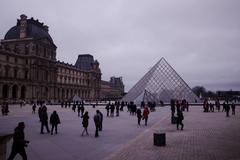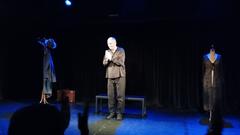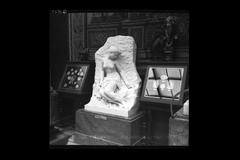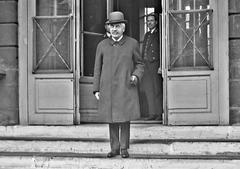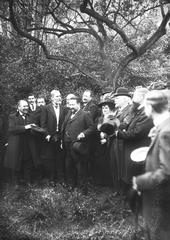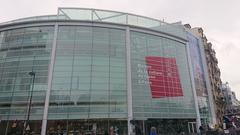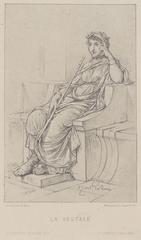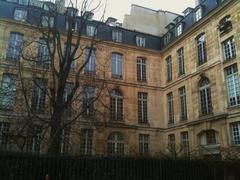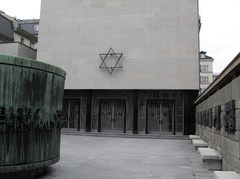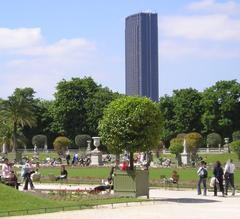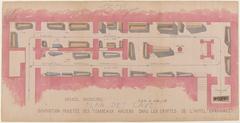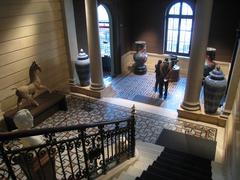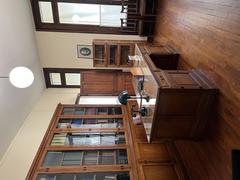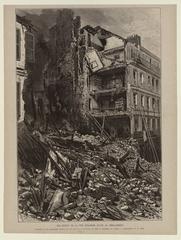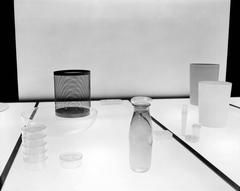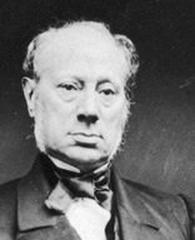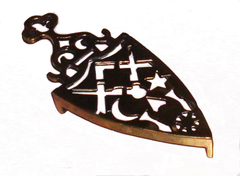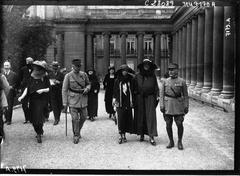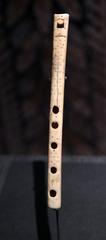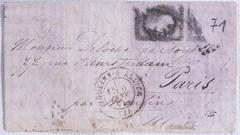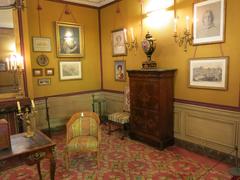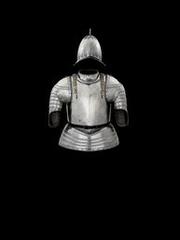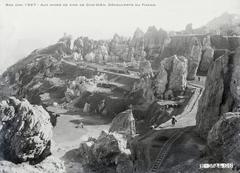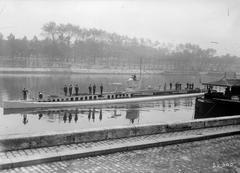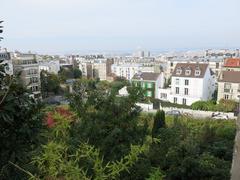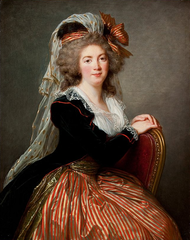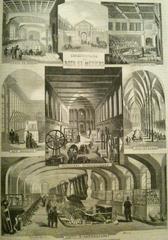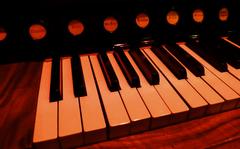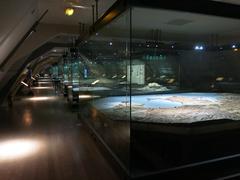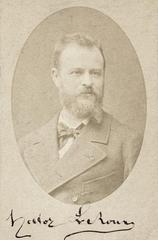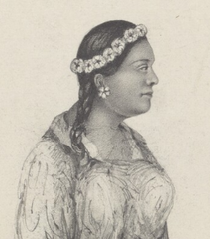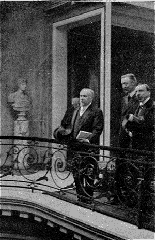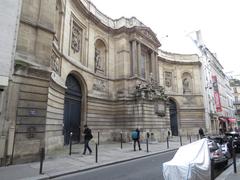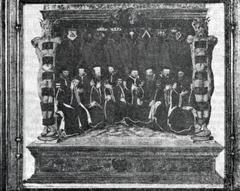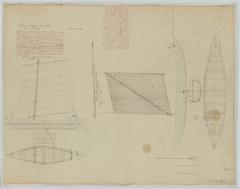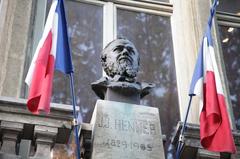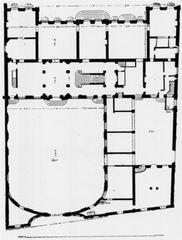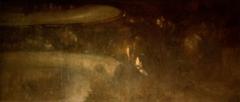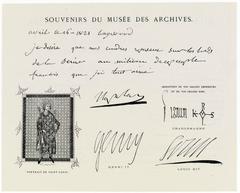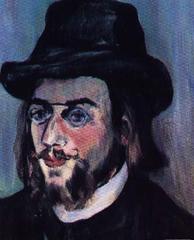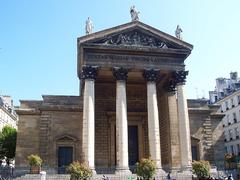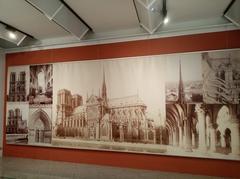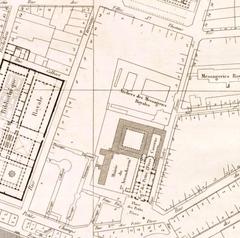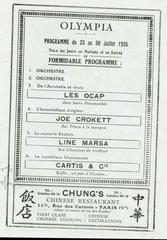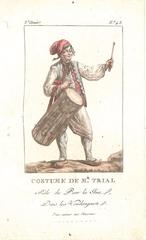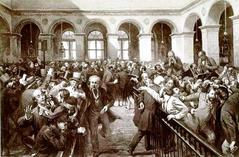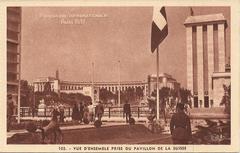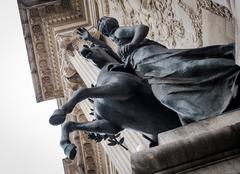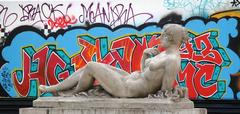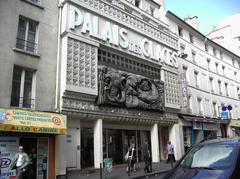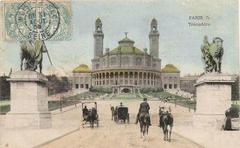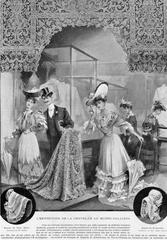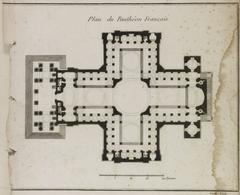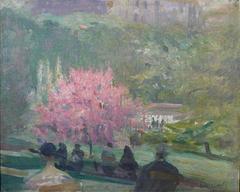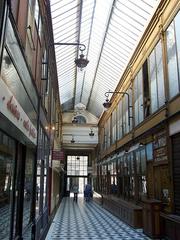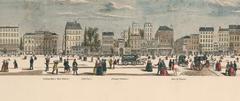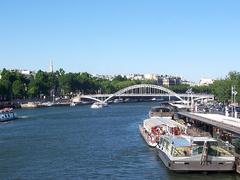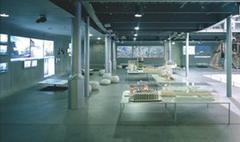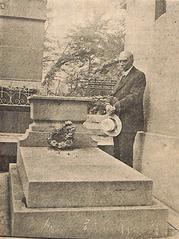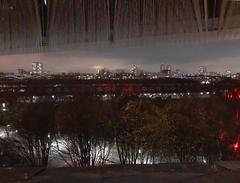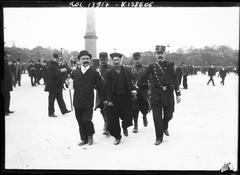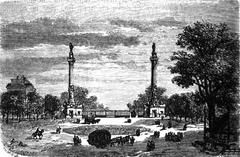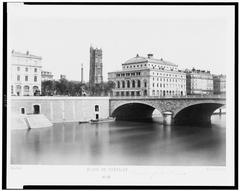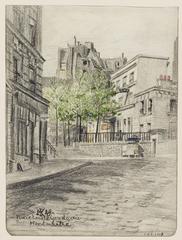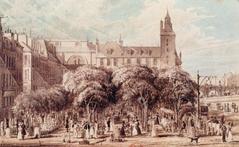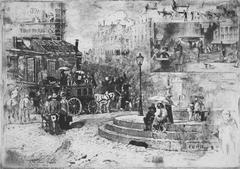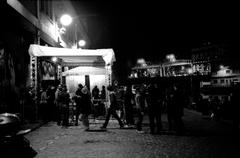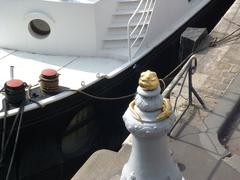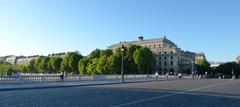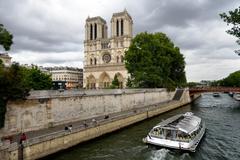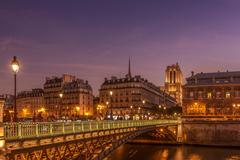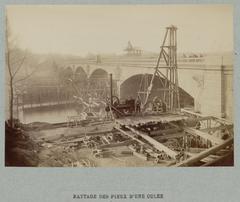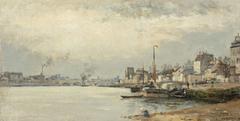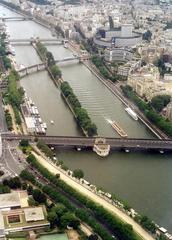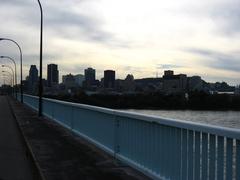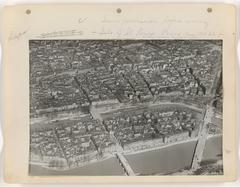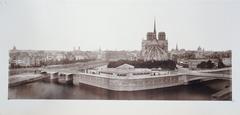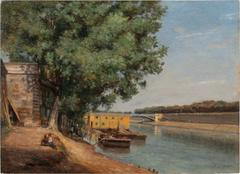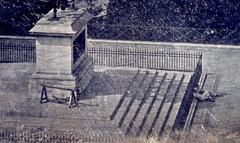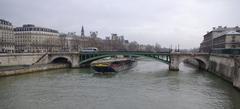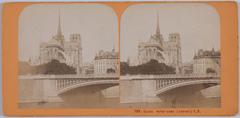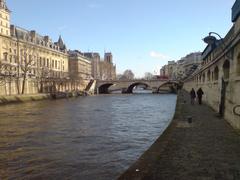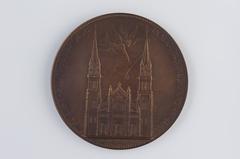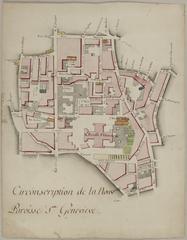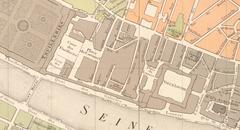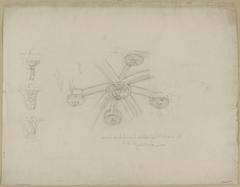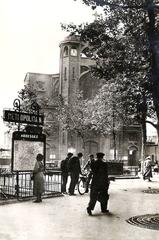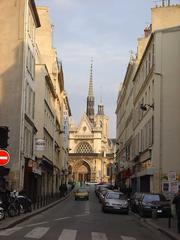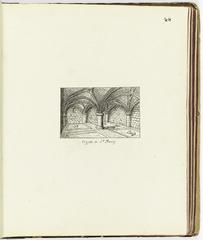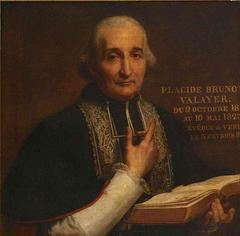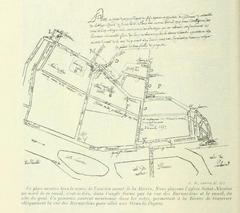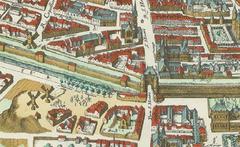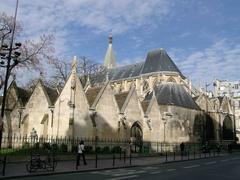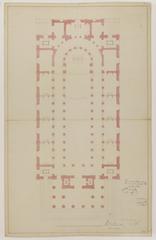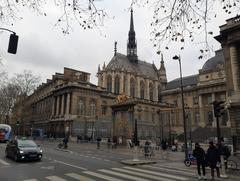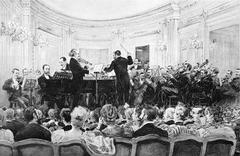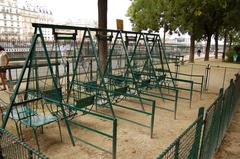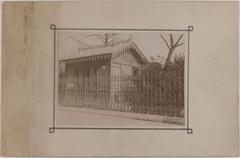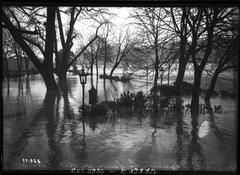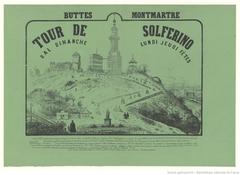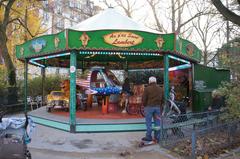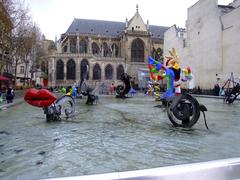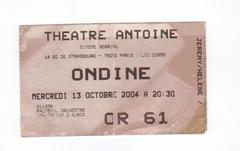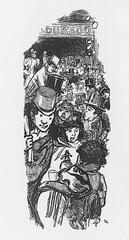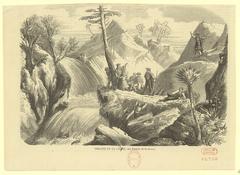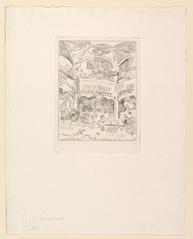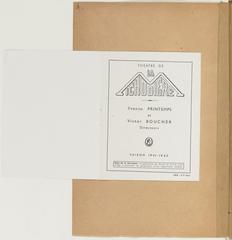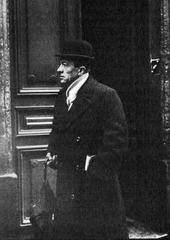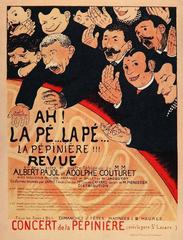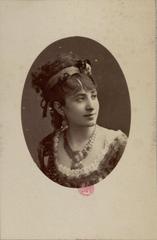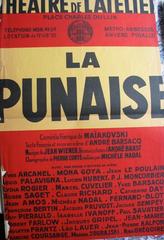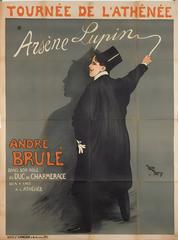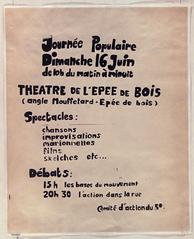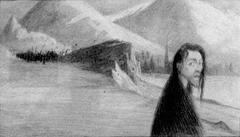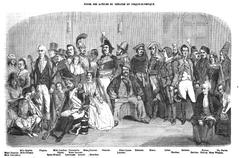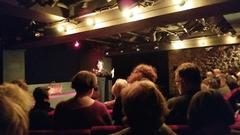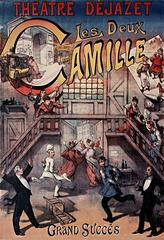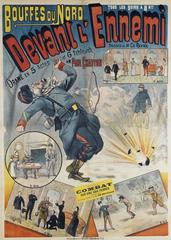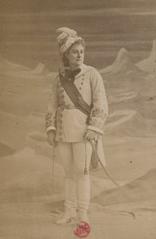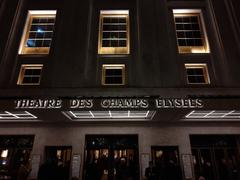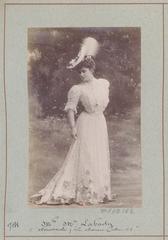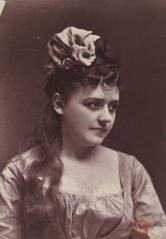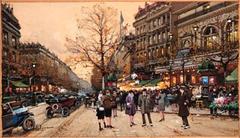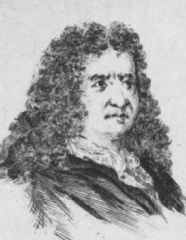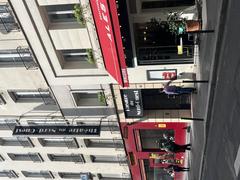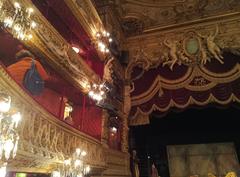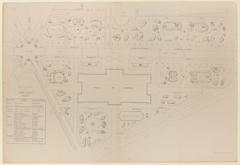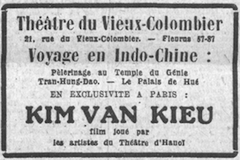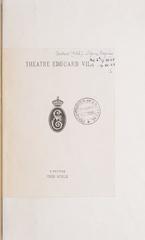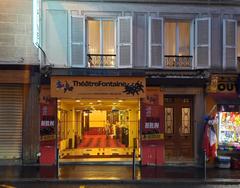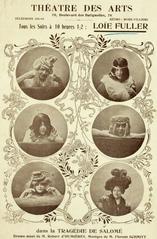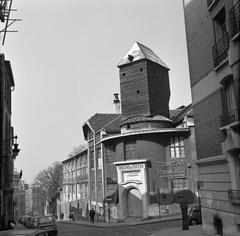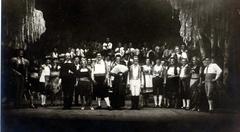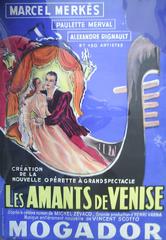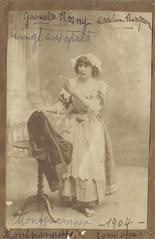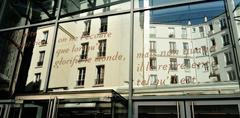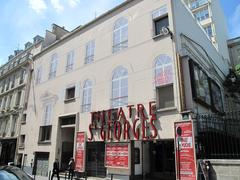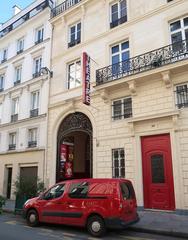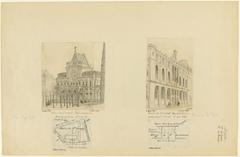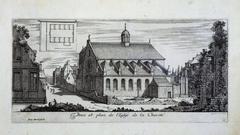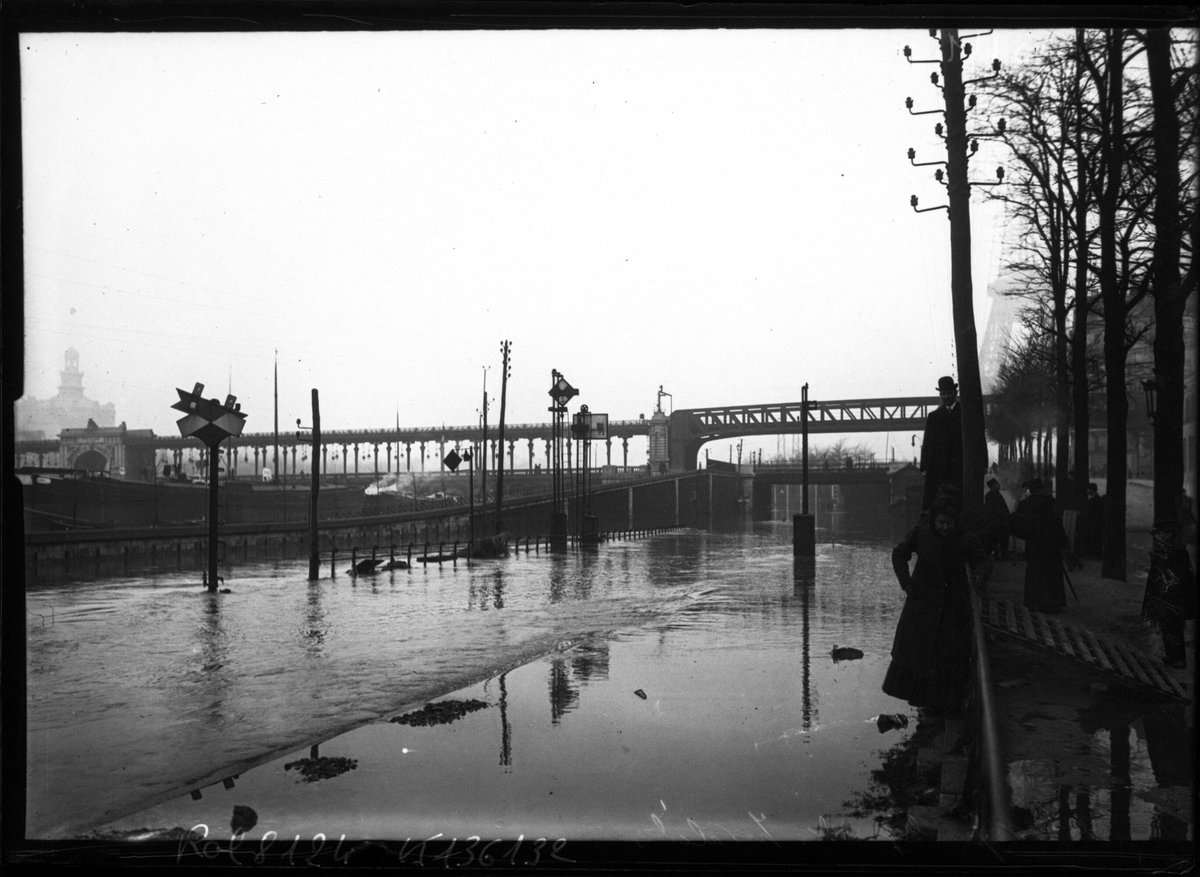
Pont de Courbevoie: Visiting Hours, Tickets, and Travel Tips
Date: 24/07/2024
Introduction
The Pont de Courbevoie, an architectural gem in the northwestern suburbs of Paris, stands as a testament to the ingenuity and vision of 19th-century engineering. Connecting the town of Courbevoie with the city of Neuilly-sur-Seine, this bridge not only facilitated transportation but also became a symbol of industrial advancement. Constructed between 1839 and 1841, it showcases a blend of iron and stone elements that were revolutionary at the time (arthistory.co). This structure has witnessed significant historical events and artistic representations, most notably by Georges Seurat in his painting ‘The Bridge at Courbevoie,’ which captures the essence of the bridge’s surroundings during the Industrial Revolution (sartle.com). Today, the Pont de Courbevoie remains a crucial infrastructure element and a popular tourist attraction, drawing visitors who seek to appreciate its historical, cultural, and artistic significance.
Table of Contents
- [Historical Background](#historical-backgroundhistorical-background)
- [Architectural Significance](#architectural-significancearchitectural-significance)
- [Role in Historical Events](#role-in-historical-eventsrole-in-historical-events)
- [Artistic Representation](#artistic-representationartistic-representation)
- [Influence on Modern Art](#influence-on-modern-artinfluence-on-modern-art)
- [Industrial and Urban Development](#industrial-and-urban-developmentindustrial-and-urban-development)
- [Modern-Day Significance](#modern-day-significancemodern-day-significance)
- [Visitor Information](#visitor-informationvisitor-information)
- [Visiting Hours](#visiting-hoursvisiting-hours)
- [Tickets](#ticketstickets)
- [Accessibility](#accessibilityaccessibility)
- [Travel Tips](#travel-tipstravel-tips)
- [Nearby Attractions](#nearby-attractionsnearby-attractions)
- [Preservation and Conservation](#preservation-and-conservationpreservation-and-conservation)
- [Visitor Experience](#visitor-experiencevisitor-experience)
- [FAQ](#faqfaq)
- [Conclusion](#conclusionconclusion)
- [References](#referencesreferences)
Historical Background
Architectural Significance
The Pont de Courbevoie is a remarkable example of the engineering and architectural advancements of its time. The bridge, which spans the River Seine, connects the town of Courbevoie with the city of Neuilly-sur-Seine in the western suburbs of Paris. The construction of the bridge began in 1839 and was completed in 1841, marking a significant milestone in the region’s infrastructure development (arthistory.co).
The bridge’s design is a blend of iron and stone elements, reflecting the technological innovations of the Industrial Revolution. The iron framework provides robust support and adds a distinctive visual appeal, while the stone arches contribute a classic touch, enhancing the overall elegance of the structure. This combination of materials not only ensured the bridge’s durability but also made it an architectural marvel of its era (arthistory.co).
Role in Historical Events
The Pont de Courbevoie has witnessed significant historical events, particularly during periods of conflict and reconstruction. During the Franco-Prussian War of 1870-1871, the bridge played a crucial role in military movements and strategic activities. Its strategic location made it a key crossing point for troops and supplies, highlighting its importance in the region’s military history (arthistory.co).
Artistic Representation
The Pont de Courbevoie has also been immortalized in art, most notably by the French Post-Impressionist artist Georges Seurat. Seurat’s painting, “The Bridge at Courbevoie,” created in 1886, is a testament to the bridge’s cultural significance. This work, which is housed in the Courtauld Gallery in London, showcases Seurat’s innovative pointillism technique, where colored dots are placed side by side to create an image. This method, influenced by contemporary optical theories, aimed to make the painting’s surface more vibrant (sartle.com).
Seurat’s depiction of the bridge captures the coexistence of commercial and leisure activities in the modern era. The painting features vertical trees and masts of boats, with a factory chimney in the background, symbolizing the industrial transformation of Courbevoie. This juxtaposition of natural and industrial elements underscores the bridge’s role in the evolving landscape of the Parisian suburbs (artsandculture.google.com).
Influence on Modern Art
Seurat’s work on the Pont de Courbevoie has had a lasting impact on modern art. His methodical approach to color division and pointillism influenced subsequent artists, including Pablo Picasso and Georges Braque, who were pioneers of Cubism. The bridge’s depiction in Seurat’s painting also inspired Bridget Riley, a prominent figure in the Op Art movement, who studied the work extensively (sartle.com).
Industrial and Urban Development
The Pont de Courbevoie is not only an architectural and artistic landmark but also a symbol of the industrial and urban development of the region. The bridge facilitated the movement of goods and people, contributing to the economic growth of Courbevoie and its surroundings. The presence of factories and industrial facilities along the Seine River, as depicted in Seurat’s painting, highlights the area’s transformation into an industrial suburb of Paris (artsandculture.google.com).
Modern-Day Significance
Today, the Pont de Courbevoie continues to be an important infrastructure element in the Parisian region. It serves as a vital link between Courbevoie and Neuilly-sur-Seine, supporting both vehicular and pedestrian traffic. The bridge’s historical and cultural significance makes it a popular attraction for tourists and art enthusiasts alike, who visit to appreciate its architectural beauty and its representation in Seurat’s iconic painting (arthistory.co).
Visitor Information
Visiting Hours
The Pont de Courbevoie is accessible to visitors 24/7. However, it is recommended to visit during daylight hours to fully appreciate its architectural features and the scenic views of the Seine River.
Tickets
There is no admission fee to visit the Pont de Courbevoie, as it is a public bridge. Visitors can freely walk or drive across the bridge without any charges.
Accessibility
The bridge is accessible to both pedestrians and vehicles. There are walkways on either side of the bridge, making it easy for visitors to explore on foot.
Travel Tips
- Best Time to Visit: The best time to visit the Pont de Courbevoie is during the spring and summer months when the weather is pleasant and the surrounding scenery is vibrant.
- Photography: Bring a camera or smartphone to capture the stunning views of the Seine River and the architectural details of the bridge.
- Local Guides: Consider hiring a local guide to learn more about the history and significance of the bridge and its surroundings.
Nearby Attractions
- La Défense: Just a short distance from the Pont de Courbevoie, La Défense is a bustling business district known for its modern architecture and shopping centers.
- Parc de Bécon: A tranquil park near the bridge, ideal for a leisurely stroll or a picnic.
- Bois de Boulogne: A large public park in Paris, perfect for outdoor activities and relaxation.
Preservation and Conservation
Efforts to preserve and maintain the Pont de Courbevoie are crucial to safeguarding its historical and cultural heritage. The bridge’s structural integrity and aesthetic appeal are regularly monitored and maintained by local authorities. These conservation efforts ensure that the bridge remains a testament to the engineering prowess and artistic legacy of the 19th century (arthistory.co).
Visitor Experience
For visitors to the Pont de Courbevoie, the bridge offers a unique opportunity to explore a significant historical landmark while enjoying the scenic beauty of the Seine River. The bridge’s proximity to other attractions in Courbevoie, such as the bustling business district of La Défense and the tranquil Parc de Bécon, makes it an ideal destination for a day trip from Paris (overyourplace.com).
FAQ
What are the visiting hours for Pont de Courbevoie?
The Pont de Courbevoie is accessible to visitors 24/7.
How do I get tickets for Pont de Courbevoie?
There is no admission fee to visit the Pont de Courbevoie; it is a public bridge.
Is the Pont de Courbevoie accessible to pedestrians?
Yes, the bridge is accessible to both pedestrians and vehicles.
Conclusion
Visiting the Pont de Courbevoie offers an enriching experience that combines history, art, and modern urban development. From its construction in the 19th century to its depiction in Georges Seurat’s iconic artwork, the bridge has continued to captivate and inspire. It serves as a vital link between Courbevoie and Neuilly-sur-Seine, facilitating both vehicular and pedestrian traffic while offering stunning views of the Seine River. The bridge’s significance is further highlighted by its role in historical events and its influence on modern art, making it a must-visit destination for history buffs, art enthusiasts, and casual tourists alike (artsandculture.google.com). Nearby attractions such as La Défense and Parc de Bécon enhance the visitor experience, providing a full day of exploration and discovery. Plan your visit to the Pont de Courbevoie to immerse yourself in a landmark that beautifully encapsulates the essence of Parisian history and culture.
